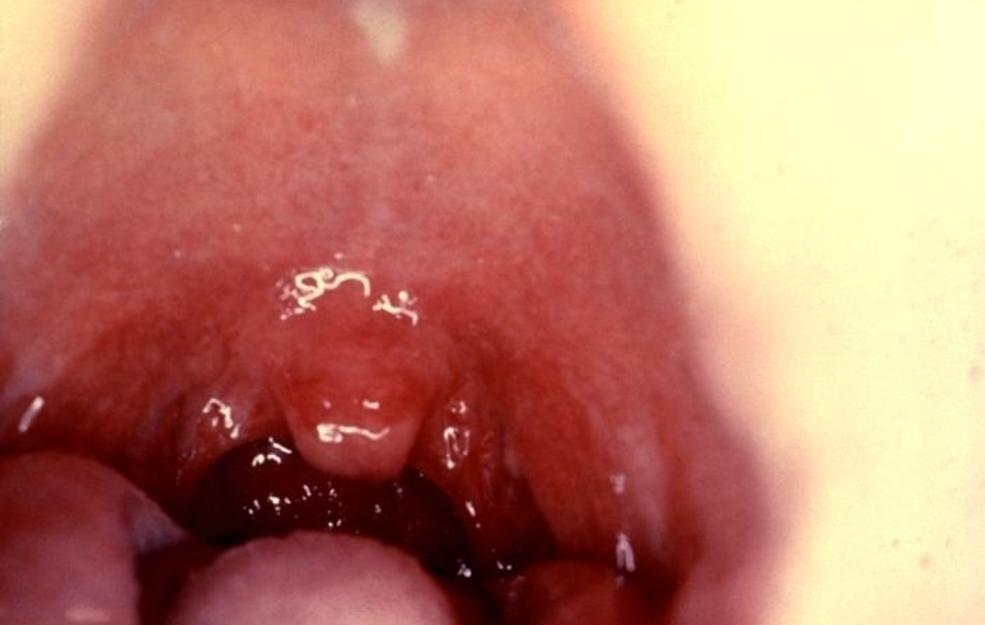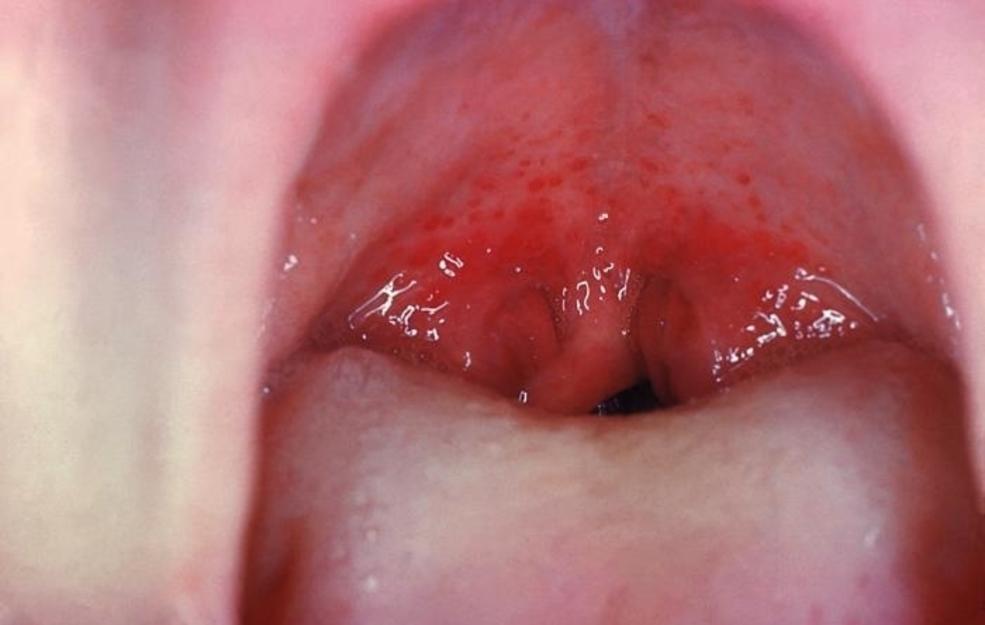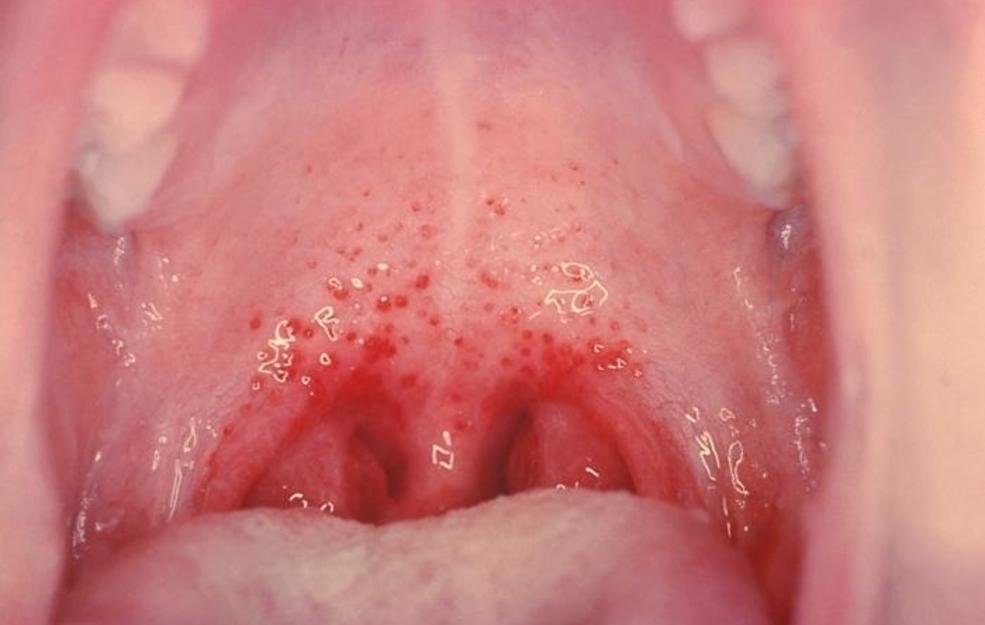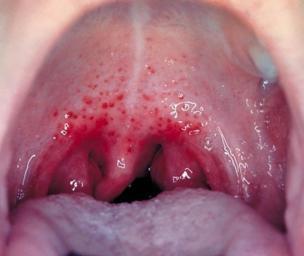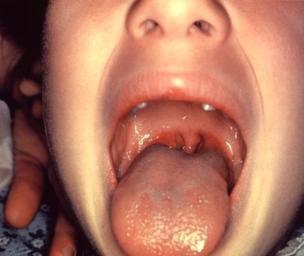What Does Strep Throat Look Like?
What Is Strep Throat?
Strep throat is a bacterial infection mainly caused by streptococcal bacteria. It causes inflammation and swelling in the mucous membrane lining in the back of the throat. The throat, along with the tonsils, also is affected. Generally, school-age children and teens suffer the most from a sore throat. Timely diagnosis and proper treatment can easily prevent any possible complications.
Strep throat is a common disease. It is contagious and is mostly passed through contaminated air or due to unhygienic surroundings.
What Are the Symptoms of Strep Throat?
Individuals who suffer from strep throat start experiencing symptoms one to four days after developing a sore throat. The sore throat can be mild or severe. A swollen throat and tonsils will start throbbing with pain.
With a sore throat, swallowing becomes painful and can cause dehydration due to lack of water or fluids. Strep throat and sore throat have similar symptoms, and the viral infection that caused them is similar.
The following are the most common symptoms of strep throat:
- Mild fever and a severe sore throat
- Swollen and painful throat and tonsils
- White patches on the tonsils
- Headache and abdominal pain
- Vomiting and loss of appetite
- Runny nose, cough, and red eyes
- Breathing problems
- Inability to swallow food
- Inability to open the mouth or swallow saliva
- Pinching pain in the throat
- Bleeding in the throat
Children with strep throat have hoarseness, a red face, and a swollen tongue. They may also suffer from a mild fever, and, most of the time, they complain of a sore throat.
Teenagers who suffer from strep throat feel pain when talking or swallowing. They may suffer from headache or vomiting as well.
Adults suffering from strep throat will have mild throat pain. Their eyes become red, along with the throat and tonsils, and they may also experience body pain.
What Are the Causes of Strep Throat?
Group A Streptococcus (GAS) bacteria can cause a strep throat infection. The streptococcal infection attacks the pharyngeal tissue and causes a subversive reaction, which infects the throat and tonsils. The bacteria are present in the throat and on the skin and thus can cause a skin infection called impetigo.
Strep throat causes the skin infection more commonly in children between the ages of five and fifteen. Most cases of sore throat in this age group are due to a strep throat infection. It affects 15%–50% of children, as the disease appears more commonly between early fall and late spring. The disease is contagious and spreads quickly when more students gather together in a smaller space, like at school.
The main cause of strep throat is an infection caused by a virus. The viral infection generally becomes severe or reduces on its own without the use of antibiotics. But it is important to know more about the disease to further treatment.
Not all sore throats indicate a strep throat infection. There can be other medical conditions or illnesses which can lead to a sore throat, including:
- Sinus infection
- Cold
- Acid reflux
- Post-nasal drip
If the sore throat is caused by other medical reasons, it will usually improve or heal on its own within a few days. It may or may not require treatment. One should immediately call the doctor if they experience any of the following:
- Difficulty breathing
- A sore throat that lasts longer than two days
- Difficulty swallowing
- Sore throat with white patches or sandpaper-like pink rashes on the skin
- Dark, red spots on the tonsils or the top of the mouth
Making a Diagnosis of Strep Throat
Strep throat is a common disease that doctors can easily recognize. Sometimes, when the throat pain is severe, a doctor may order medical examinations, such as:
- Swab test: A small piece of cotton is rubbed on the back of the throat or tonsils to get a sample. It is then sent to the laboratory to determine if there is a bacterial infection.
- Rapid antigen test: A sample of saliva is obtained from the throat and is tested with reagents along with antigen, which can quickly detect the bacteria that causes the infection.
These medical examinations help the doctor by providing the exact cause of the disease, which helps treat the disease effectively.
How to Treat Strep Throat
Several treatments are available to minimize and reduce throat soreness and to recover faster:
- Antibiotics: Antibiotic medications are effective in reducing the infection caused by the streptococcal bacteria. They can also help eliminate the disease completely within a short time.
- Symptomatic therapy: This offers the treatment of analgesics, which are useful in reducing pain immediately, and can help overcome minor health issues.
- NSAIDs: These drugs are effective in minimizing the effects of swelling, redness, soreness, and pain.
The painful soreness of the throat may go away on its own within a week even if no medication is taken.
How to Prevent Strep Throat
One should maintain hygienic conditions in everyday surroundings:
- Wash hands before meals regularly. Keep the clothes, bed, and curtains clean by washing them with water and soap.
- Children should be taught to cover their mouths while coughing or sneezing to stop the spread of germs.
- Never share personal belongings with others, such as clothes, towels, drinking glasses, and plates.
- Avoid personal contact with anyone suffering from strep throat, and do not share personal belongings with them.
- If weakness occurs, consult a doctor and take medicine to prevent a possible infection.
Tonsillectomy
A tonsillectomy is the surgical removal of the tonsils. There are cases where this procedure may be required. For kids, a tonsillectomy may give them a grace period of up to two years before strep throat attacks again, compared to kids who have not had their tonsils removed. Adults, on the other hand, rarely get infected again after the procedure.
In carrying out the surgery, a general anesthetic may be used for children, and a local anesthetic for adults. Patients usually experience a sore throat for a few days after the procedure. They may also have bad breath or an inability to eat or drink for a while.
Lifestyle and Coping with Strep Throat
If you are suffering from strep throat, take a complete rest. Avoid going out and do not attend work or school for a day. Complete rest helps speed up recovery and prevents another infection. Take antibiotics, which kill the infected bacteria and reduce the contagiousness of the disease.
More often, strep throat goes away on its own in a span of three to four days, even if not treated. But, if the antibiotic course is prescribed, you must complete it, even if you feel completely recovered.
Home Remedies for Strep Throat
Apart from medications and personal hygiene, one can also try the below homecare treatments:
- Turn on a cool-mist humidifier in the room
- Drink warm liquids, such as tea or lemon water
- To numb the throat, drink cold liquids, but in limited quantities
- Suck on throat lozenges
- Take ibuprofen or acetaminophen to get relief from pain or inflammation
- Salt gargle is one of the best treatments. Add half a teaspoon of salt into one cup of water, mix well, and gargle it. This should be done at least three to four times a day.


